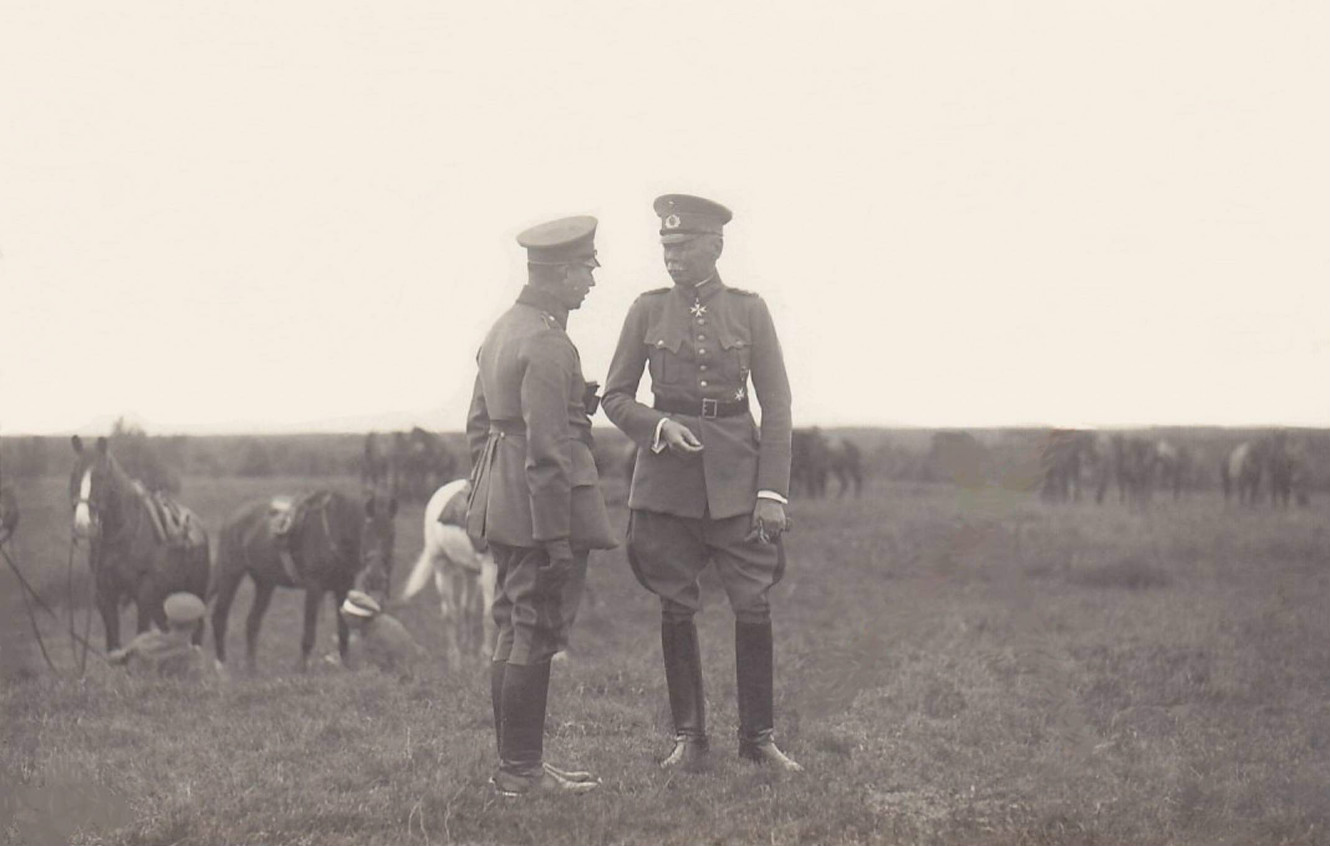Before dawn on June 22, 1941, German bombers began to rain destruction down on a swath of Soviet cities from Leningrad to Sevastopol. It was the beginning of Operation Barbarossa, the largest military operation in the history of the world. By the end of the day, three million German soldiers and their allies crossed the Soviet border, inaugurating the bloodiest phase of World War II. The invasion also brought to a bloody conclusion 20 years of secret cooperation between Germany and the Soviet Union.
While Soviet-German military cooperation between 1922 and 1933 is often forgotten, it had a decisive impact on the origins and outbreak of World War II. Germany rebuilt its shattered military at four secret bases hidden in Russia. In exchange, the Reichswehr sent men to teach and train the young Soviet officer corps. However, the most important aspect of Soviet-German cooperation was its technological component. Together, the two states built a network of laboratories, workshops, and testing grounds in which they developed what became the major weapons systems of World War II. Without the technical results of this cooperation, Hitler would have been unable to launch his wars of conquest.
After World War I, the victors dismantled the vaunted German army, reducing it to only 100,000 men. The Treaty of Versailles further forbade Germany from producing or purchasing aircraft, armored vehicles, and submarines. These provisions highlighted the Entente’s hope that removing German access to modern technologies of war would force Germany to abandon its militarist past. To the contrary, those particular provisions further convinced the remnants of the German High Command that technological rearmament was essential to restoring Germany’s position. Few works since the opening of the Russian Archives have explored the Soviet-German military pact in its totality. None have focused on its technological aspects. In this article, I offer new conclusions on the subject, drawing from archives in Russia, Germany, the United Kingdom, Poland, and the United States. Of particular importance for this piece are the Russian State Military Archive (RGVA), the archives of the German corporations Krupp, M.A.N. and Daimler-Benz, the U.S. National Archive’s Collection of Foreign Records Seized, and Yale University’s Russian Archive Project.
General Hans von Seeckt, in command of the Reichswehr from 1920 to 1926, was eager to work with Soviet Russia, the only other European state equally hostile to the status quo. In 1919, Seeckt dispatched to Russia Enver Pasha, the former Turkish minister of defense then in hiding for his part in mass atrocities against Armenians in eastern Anatolia. Seeckt’s goal was to establish communications with the Soviet government to discuss the possibility of military cooperation. He was particularly eager to work against the newly revived state of Poland. German military leaders saw it as the “pillar of Versailles” — a French puppet designed to encircle Germany from the east. Its absorption of former German territory that included hundreds of thousands of ethnic Germans further inflamed Berlin’s hostility.
Enver’s first mission ended disastrously when his plane crash-landed in Lithuania and he was detained by the new Lithuanian government. He was carrying sensitive materials from the German military that might have ignited calls in Great Britain and France for the occupation of Germany. Only a daring jailbreak by a junior German officer prevented Enver and the secret documents from falling into Allied hands. But the following year, he made the attempt again and succeeded. The Enver wrote back to Berlin that
Today I spoke with … Trotsky. With him there’s a faction that has real power, and also includes that party that stands for an understanding with Germany. That party would be willing to acknowledge the old German borders of 1914.
That meant the extinction of Poland. This was exactly the hope of the German officer corps.
Leon Trotsky, then head of the Red Army, saw cooperation with Germany against Poland as a central pole in Soviet strategy. He wrote that “Poland can be a bridge between Germany and us, or a barrier.” After the Red Army’s defeat in the Polish-Bolshevik war, it had become a barrier. Bolshevik leadership believed in 1920 that only with access to the industrialized economies of the West could the Bolshevik revolutionary regime survive. As long as the state of Poland existed, this mutual objective proved to be a lodestar, guiding Berlin and Moscow in parallel.
At the Treaty of Rapallo in April 1922, Germany and the Soviet Union normalized relations for the first time, the first blow against the postwar order. The following summer, the Reichswehr and Red Army held a series of secret summits during which they crafted the framework for military cooperation. At first, Hans von Seeckt envisioned German military-industrial firms moving banned production and research to the Soviet Union. His staff earmarked considerable portions of the Reichswehr’s “black funds” — financial resources hidden from the German government — to subsidize these programs. To accommodate German firms, Lenin personally supervised the establishment of a concessionary system whereby German corporations could take over and modernize existing Soviet industrial plants under the close supervision of Soviet officials. Under the auspices of this program, German firms took over shipyards, factories for aviation, artillery, grenades, and rifles, chemical weapons plants, and other critical facilities. German businesses expected to profit from these ventures, but also hoped to find a new home for military experts, technical testing, and production in banned fields. Seeckt envisioned these factories one day supplying the reborn German army in a future war with France. The Soviets, in turn, hoped to increase their military industrial production cheaply, gain access to German technology, and train hundreds of new engineers…READ FULL ARTICLE HERE… (warontherocks.com)





